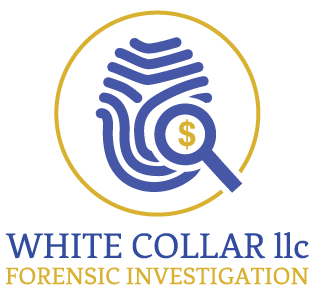We have all heard the terms health care fraud and abuse and most realize it is a national issue affecting everyone, directly or indirectly.
There is any number of estimates made on an annual basis as to how much money is truly lost to fraud and abuse in the U.S. Regardless of the source, the agreement by experts is that the number is in the Billions of dollars which directly leads to higher health insurance premiums and related costs of care.
By definition, health care fraud is an intentional deception, act or misrepresentation designed to increase reimbursement by the provider of healthcare services. Healthcare abuse is a step below and can be characterized as reckless disregard or conduct which conflicts with appropriate coding and billing practices in the medical field; but which also results in an increase in reimbursement to the provider of healthcare services.
Generally, we all believe that the majority of health care providers and health plans are honest and do their best to adhere to the myriad of ever-changing rules and regulations forced upon them. However, there is a minority which seizes the opportunity to pad their own pockets by participating in a variety of healthcare fraud and abuse schemes.
Examples of health care fraud and abuse schemes include, but are certainly not limited to, the following:
Billing for services or items/equipment not actually performed,
Billing for services that are not medically necessary but are performed to increase reimbursement,
Billing for services which are not covered under the insurance policy but are disguised as being covered, inappropriately increasing reimbursement,
Billing for services when the provider is not actually present but is required to be. This may seem odd but the frequency with which it occurs in this digital age is growing.
Loaning a member’s ID card to another who is not covered to obtain services at no cost to the patient,
Kickbacks, self-referrals and marketing arrangements (designed to help the provider(s), not the patients). This represents kickbacks for sending patients to other providers or facilities.
Billing twice for the same service, test, or exam,
Incorrect coding of services rendered to increase reimbursement (upcoding or billing for a higher priced service, for example). This may also include falsifying a patient’s diagnosis to justify being able to perform other tests and diagnostic procedures.
Unbundling of services which are designed to be all-inclusive. This means that the provider is billing for each step of a procedure as if they were all separate when, in fact, they are to be billed as one. This will generate a greater reimbursement, inappropriately, to the provider, and
Waiving co-payments and deductibles for patients. In the eyes of Medicare and Medicaid, this represents a means by which patients will increase their utilization of services and are designed to appropriately manage utilization of services by patients.
This may seem to be an exhaustive list but sadly it is but the tip of the iceberg when it comes to health care fraud and abuse. As mentioned above, current estimates place the annual loss for these acts at between 3 and 10 percent of health care dollars spent; in the $80-300 Billion range.
What can be done to slow the progression or even prevent these acts? Obviously, everyone needs to be attentive to the services they receive, ask questions as to the medical necessity of tests, examinations and lab/x-ray services so they can participate in their own care.
Everyone receives an explanation of benefits (EOB) form after a visit to health care facilities. These should be reviewed, in detail, to determine that the form is accurate starting with the date of service, the name(s) of the providers, and the actual services which are represented as having been performed. Make sure the services received while seeing the provider match what is on the EOB.
Protect the ID card to prevent inappropriate use by others. Loaning your ID card to others who receive services inappropriately is not viewed innocently by enforcement and investigators.
Ask for explanations from the provider and contact your insurance carrier to question charges.
Question the provider when being sent for tests; you have the right to select the place of service/facility and often providers refer patients to facilities where they or a family member have an ownership interest, representing THEIR best interests, not yours.
Make sure to report any concerns or incidents of fraud immediately to your health insurer. This can often be done online through the websites of each insurer.
Stay informed about your own care and keep accurate records of services, dates, diagnoses, medicines, and the like. Make sure that any offers for free care or free goods are legitimate. Many providers will offer to provide free testing indicating that they will bill your insurance company for all services; often billing for many many items patients never received.
Health care fraud and abuse is a continuing problem. Patients must be attentive, report suspicious issues and be vocal about their care. Having tests performed which are not medically necessary can negatively impact the patient’s health.
These are serious issues, serious crimes and the actions of a few affect everyone. To slow the process, we must all be alert for possibilities and act when concerns arise.

